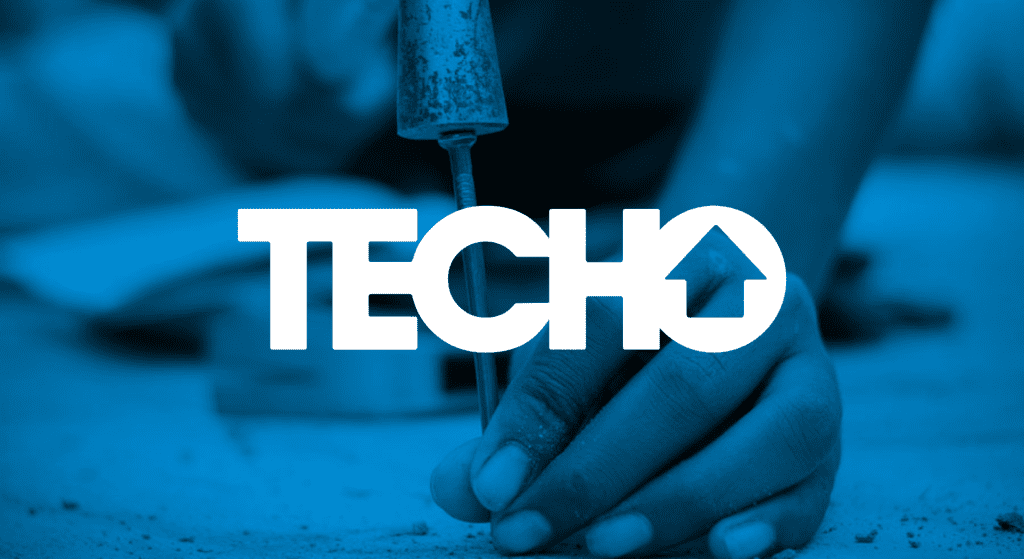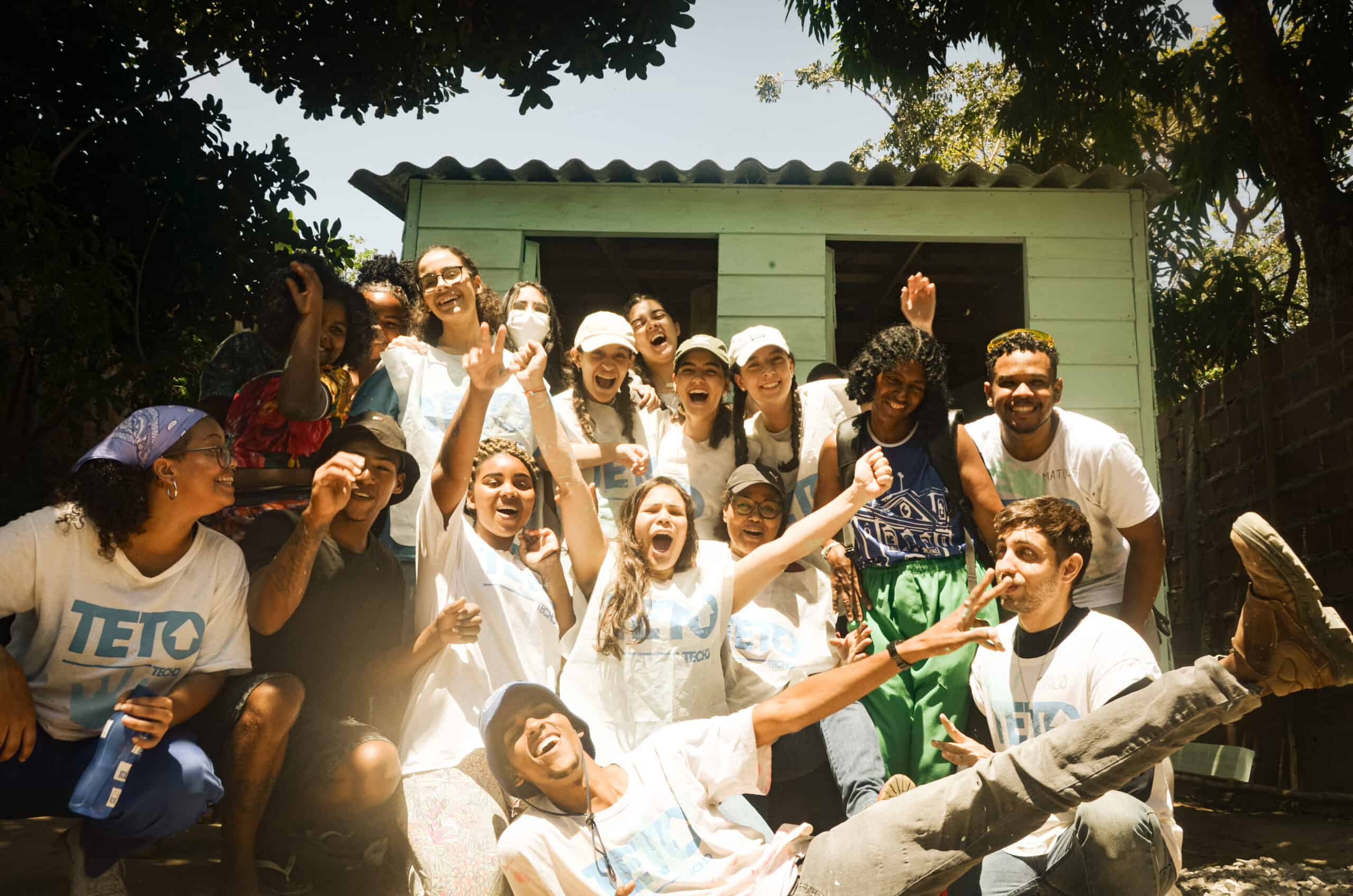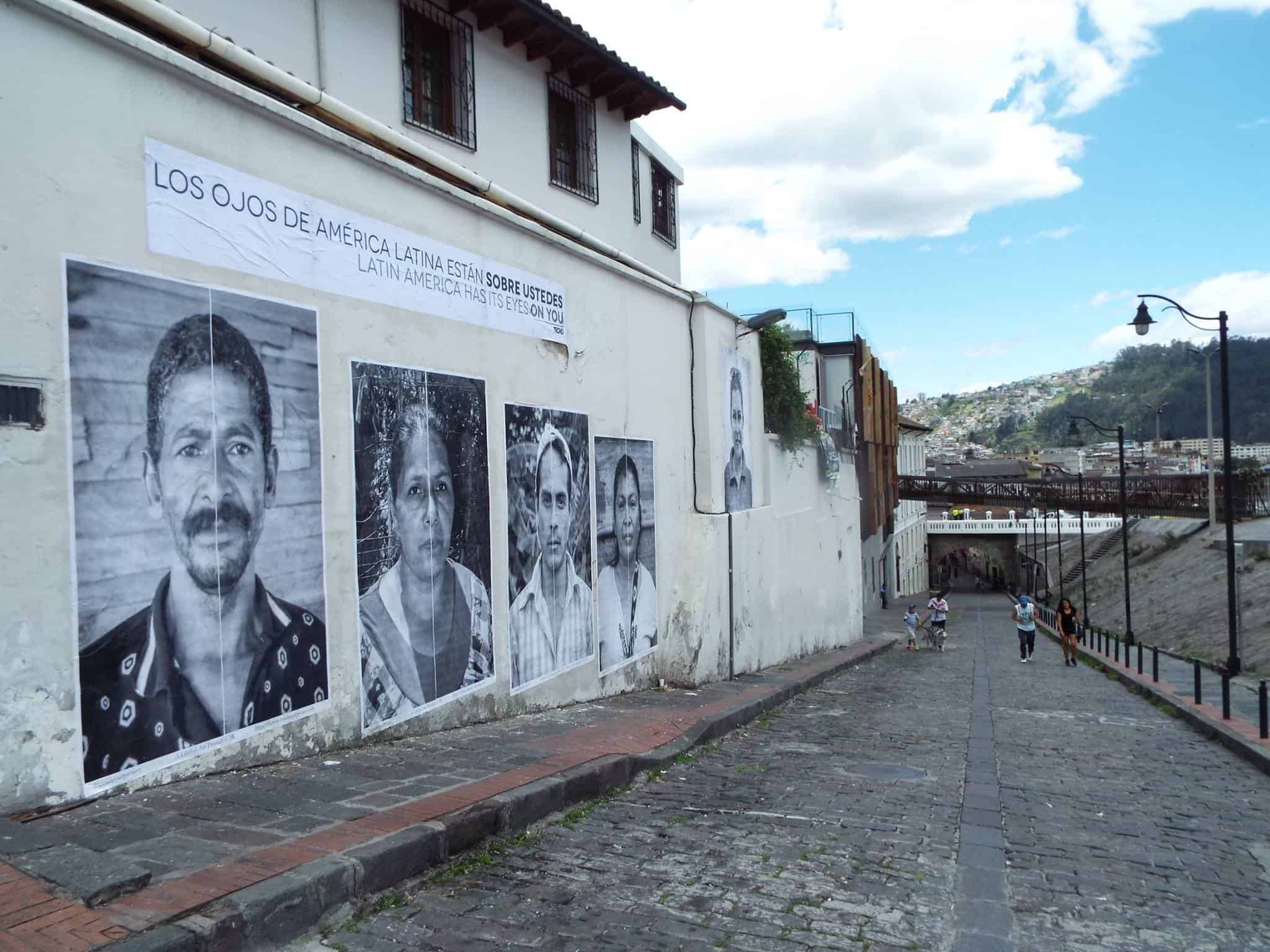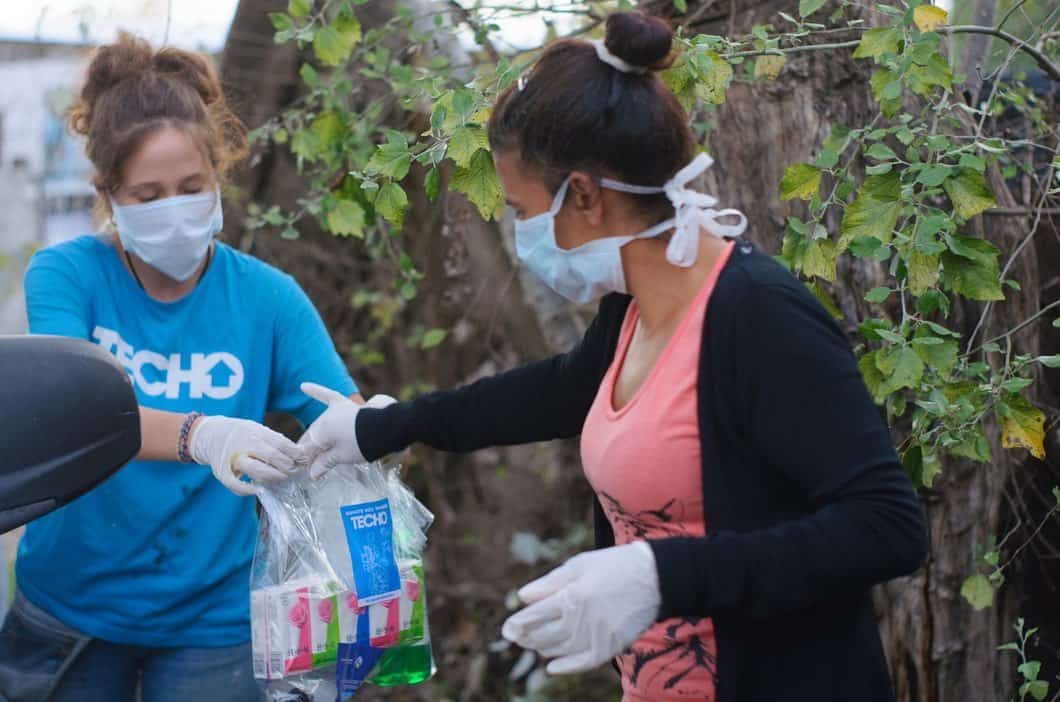Panimache V y sus mujeres la reseña de Luis Ricardo Melgar, fue la ganadora del segundo concurso de reseñas sobre pobreza en asentamientos realizado por el Instituto Interamericano de Derechos Humanos (IIDH) en alianza con TECHO. Luis Ricardo, empezó como voluntario en TECHO en 2009, es psicólogo y actualmente se desempeña como director regional de Occidente en TECHO – Guatemala.
Las reseñas fueron enviadas por voluntarios y voluntarias de TECHO en todo el continente y daban cuenta de historias sobre el cambio social, en esta ocasión vinculadas a poblaciones LGBTTI, mujeres indígenas y niñez y adolescencia. Panimache V y sus mujeres describe la realidad de una comunidad indígena en Guatemala desde un contexto histórico del país y desde el trabajo que la organización realiza en conjunto con sus habitantes desde hace poco tiempo.
¿Por qué decidiste contar esta historia?
Sentí la necesidad de contar el caso de Panimache V, porque esta comunidad ha marcado significativamente el proceso de TECHO Guatemala región Occidente. Lo que ha vivido la comunidad no es algo aislado; Panimache V viene a contarnos la historia de un país herido, apático, despojado y violentado, pero sobre todo nos cuenta también la historia de un pueblo que no se rinde, que sigue y que grita silenciosamente. La reseña no es más que un eco de ese grito.
La primera vez que visite la comunidad, mientras la recorría y nos contaban la historia de la misma, vino a mi mente ese momento cuando tuve que escribir la reseña, era algo que tenía que ser escrito pero sobre todo tenía que ser leído.
-Esta reseña se hace alusión también a la desigualdad de género ¿esta razón también te motivó a escribir la?
Las desigualdades de género sumadas a una historia de despojos (de todo tipo) generan una situación violenta y dolorosa que no puede ser aislada de las demás situaciones comunitarias.
-Respecto al trabajo en esta comunidad ¿cuáles son los avances y proyecciones que vienen para antes del año sobre esta obra?
Actualmente ejecutaremos al final de año sistemas de captación de agua pluvial, si bien esto no resuelve del todo la problemática del agua, representara un aporte significativo, y aparte estimula la organización y participación de las mujeres.
-Contextualizas muy bien la situación de la comunidad dentro de la historia del país que son realidades que se hacen presente en Xela ¿TECHO trabaja con otras comunidades indígenas en la región?
Techo trabaja en 2 comunidades maya K`iches en la región de occidente, ambas tiene una situación parecida (ambas fueron movilizadas por desastres naturales). Ambos proceso han marcado significativamente la historia del Techo en la región. Los pueblos originarios de Guatemala comparten historias y luchas, muchas de estas se concentran en la región occidente del país.
En un contexto del continente que se caracteriza por la desigualdad, la exclusión social y la discriminación, también es necesario reflexionar y reconocer historias de lucha y superación, a través del trabajo comunitario y del voluntariado. Por esa misma razón el objetivo del concurso era visibilizar situaciones que marquen la diferencia y sean modelo a seguir en la promoción de los derechos humanos y combate a la desigualdad social.
“Panimache V and its women»», the review by Luis Ricardo Melgar, was the winning story of the second review contest on informal settlement poverty conducted by Inter American Institute of Human Rights (IIDH) jointly with TECHO. Luis Ricardo, who started off as a volunteer in TECHO in 2009, is a psychologist and is currently working as Western regional director in TECHO – Guatemala.
The reviews were sent by TECHO volunteers from the whole continent and gave accounts of stories on social change, in this ocassion connected with LGBTTI people, indigenous women and childhood and adolescence. Panimache V and its women describes the reality of an indigenous community in Guatemala within a historical context of the country and from the work the organization has been carrying out jointly with its inhabitants recently.
Why did you decide to tell this story?
I felt the need to tell the case of Panimache V because this community has influenced significantly the process of TECHO Guatemala Western region. What this community has lived through is not something isolated; Panimache V is here to tell us the story of a wounded, apathetic, deprived and violated country but above all, it also presents a story of people who don’t give up, who press ahead and who scream in silence. The reviews is no more than an ecco of that scream
The first time I visited the community, while I was wandering around and being told its history, that moment sprang to mind when I had to write the review. It was something it had to be written but above all it had to be read.
-This review also makes reference to gender inequality, did this reason prompt you to write it, too?
Gender inequalities combined with a history of deprivation (of all sorts) produce a violent and painful situation which can’t be isolated from the rest of the community situations.
-Regarding labor in this community, what are the advances and projections ahead before the year of this work?
At present, we’re setting up rainwater harvesting systems for the end of the year. Although this doesn’t solve the water problem, it will make a significant contribution and in addition, it will encourage the organization and women’s participation.
-You put the community situation very well into context inside the country’s history which are realities present in Xela. Is TECHO working with other indigenous communities in the region?
Techo is working with 2 K`iches Mayan communities in the Western region. Both have a similar situation (both were moved by natural disasters). Both processes have had a significant influence on TECHO’s history within the region Guatemalan native peoples share stories and fights, many of which concentrate in the country’s Western region.
In a context of the continent, characterized by inequality, social exclusion and discrimination, it is also necessary to ponder and acknowledge fight and self-improvement stories through community and volunteer work. For this very same reason, the aim of the contest was to make visible situations that make a difference and give a model to follow in order to promote human rights and fight social inequiality.




